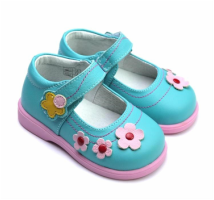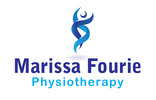 Not many things beat the absolute cuteness of a size 0 baby shoe. Be it on the shelf of your favourite baby store, in a gift bag at your stork tea or on a photo announcing the coming your bambino, you just can’t wait to try that pair of adorable mini-me ballet pumps or sneakers on those little newborn feet. When getting down to health issues, however, where do we set the boundaries for our little ones’ footwear? When babies are born, their feet are certainly not little replicas of a grown-up’s feet. All the little bones are still very soft and cartilaginous; no or minimal arching exists; and a newborn cannot selectively move his feet and toes seperately from each other. Muscle tone is low, and very little muscle strength has developed. Since your baby will not walk for the better part of his first year, shoes are there pretty much only to keep their feet warm. Footwear should thus be as comfortable as possible, and watch out for straps that may cut into the skin or laces tied up too tightly. Also, be sure that your baby’s shoes do not hinder him when he attempts to crawl – opt for softer, lighter shoes here. When your infant starts to walk, there is often a question of whether to shoe up to support the stability of the feet, or to not let him wear any shoes at all. A considerable amount of research has gone into this topic, and scientists have concluded that barefoot is the best way to go. Toddlers and young children walking barefoot for most of the time have shown improved balance, posture, muscle strength, range of motion of the foot joints, proprioception (continuous position orientation), coordination and general stability. Due to the sensory input that the child gets when walking bearfoot, muscle strength and tone start to develop and improve, leading to general improvement in instability and balance. Shoes may essentially “splint” the foot, inhibiting all joints to move through their full available range. Shoes also have an effect on stance length, walking speed and cadence, all which will affect a normal gait pattern. Obviously, we would not like our children to walk barefoot in public places, since they may be exposed to a number of harmful objects and/or substances (glass, dirt, etc.). The good news is that shoes are not an absolute taboo – just be clever when you buy. Some tips to take in mind when buying shoes for your child:
1 Comment
|
AuthorMarissa Fourie is a physiotherapist in Stellenbosch with a special interest in musculoskeletal conditions, pediatrics, and post/prenatal health. Archives
March 2016
Categories
All
|
||||||

 RSS Feed
RSS Feed